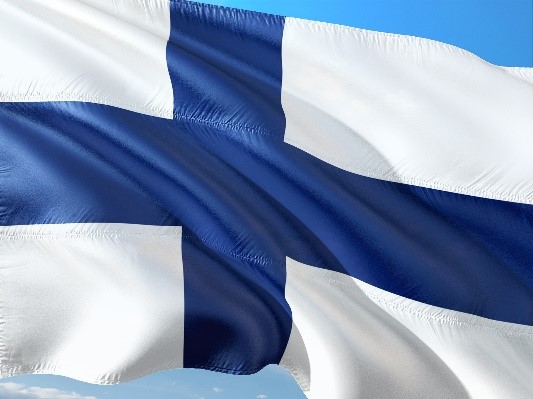 The new Finnish Trademark Act came into force on May 1, 2019, after having been ratified by the Finnish President on April 26, 2019.
The new Finnish Trademark Act came into force on May 1, 2019, after having been ratified by the Finnish President on April 26, 2019.
This legislative reform was an opportunity to incorporate into the Finnish legislative system the provisions of the EU Directive of December 16, 2015 (2015/2436 EU) and the Singapore Treaty on the Law of Trademarks of 2006. This is, therefore, an important update.
The main contributions of this reform concern the following legal issues: the drafting and interpreting the wording of the goods and services protected by a trademark, the representation of the trademark, the opposition procedure to the registration of a trademark, the procedures for cancelling and revoking a trademark, and the transit of goods.
This legislative reform clarified the scope of protection of Finnish trademarks (or international trademarks designating Finland in certain cases) containing a general heading of a class of the Nice Classification. Indeed, several systems coexisted before the reform, and, until now, it has been necessary to analyze the scope of protection of trademarks according to their filing dates. The purpose of this reform was to clarify the real scope of the protection conferred by a trademark.
Thus, owners of trademarks filed before January 1st, 2014 and which wording is entirely composed of complete general class headings of the Nice Classification, or of a class heading claiming the complete alphabetical list of the class, can specify which goods and services are designated. This clarification must be made at the latest before the first renewal of the trademark, after the entry into force of the new law. If such clarification is not provided, the scope of the protection conferred by the mark will be limited to the goods and services covered by a literal interpretation of the title of the class.
On the other hand, for trademarks filed between October 1, 2012 and December 31, 2013 which refer to the alphabetical list of goods and services of the Nice Classification, and for which no clarification is provided, it will be considered that each class of the registration covers all goods and services of the alphabetical list of goods and services of the Nice Classification. Reference to this list will indeed be deleted.
In addition, the requirement of a graphic representation of the mark has been cancelled. It is now possible to register a trademark provided it is possible to distinguish the goods and services it designates from those designated by other trademarks. It is thus now possible to register a sound mark or a shape mark, if it can be represented in a manner that allows the competent authorities and the public to determine clearly and precisely the scope of the protection granted to its owner. Let’s also note that the new black and white figurative marks will be protected only for the black and white version but not for their potential colour versions.
In addition, the opposition procedure has been modified. It is now possible to require the opponent to provide proof of use, if the trademark at stake has been registered for more than 5 years. The parties can also jointly request the suspension of the opposition procedure.
The legislative reform also introduced the possibility of filing an administrative cancellation or a revocation action of a trademark or trade name, whereas previously it was only possible to do so before the « Market Court », a special court hearing market law. A decision is then rendered by the Finnish Patent and Registration Office.
Finally, this reform also introduced changes about goods in transit in Finland. Trademark rights holders can now prohibit the introduction into Finnish territory of goods bearing the same or similar trademarks to their own, even if these goods are only in transit, unless the third party can demonstrate that the trademark holder cannot prohibit placing these goods on the market in their final territory of destination.
This reform of the Finnish trademark Act demonstrates once again that trademark law is becoming increasingly uniform within the European Union. However, there are still some particularities that need to be taken into account.


